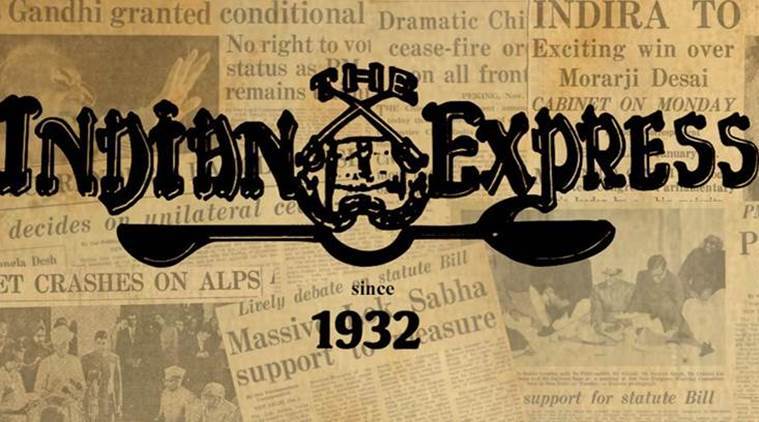 Cash crunch in several states could have been prevented, puts RBI and government in the dock
Cash crunch in several states could have been prevented, puts RBI and government in the dock
The RBI and the Union finance ministry have a lot of answering to do on the renewed currency shortage reported in many states. ATMs running out of cash, almost one-and-a-half years after demonetisation, is a serious matter. But instead of trying to explain the reasons for what seems a supply issue — which could either be lack of adequate capacity to print new notes or failure to anticipate the transaction needs of the public with a recovery in GDP growth and consumption — policymakers have sought to deflect attention to the “unusual spurt in currency demand in the last three months”. This alleged spurt was evidently seen more in some parts of the country like Andhra Pradesh, Telangana, Karnataka, MP and Bihar. But the government has not clarified why it happened, even as reports point to the limited printing of high value notes, recalibration of ATMs which reduces the capacity of the machines to load cash, logistical issues, hoarding of currency amid a growth in economic activity.
Whatever the reasons, it is difficult to recall the last time when there was such a currency shortage except in the first few months after the announcement of demonetisation on November 8, 2016. If the government and the RBI have taken all steps to meet this “unusual demand”, as claimed, with a stock of adequate currency notes of all denominations, including of Rs 500, 200 and 100, why should there be a prolonged cash crunch in states such as Telangana and Andhra Pradesh, an issue flagged by these governments earlier? Unless, as some reports indicate, there are glitches related to the printing of currency at the production facilities controlled by both the government and RBI. Surely, the upcoming polls in Karnataka and hints of cash hoarding cannot be the only reason, considering that hardly a year goes by without state elections. From a supply side perspective, government and the central bank appear to have bet wrongly on a growth in digital transactions after demonetisation. Data shows that after peaking at Rs 154.09 lakh crore in March 2017, the value of digital transactions fell to Rs 114.12 lakh crore in February 2018.
Data also indicates that the supply of fresh currency was not commensurate with the demand for cash. Nudging people to move to the digital form of transactions or putting restrictions on the use of cash for investments like real estate may well be a desirable public policy goal but that is different from making adequate cash available to the public, which is the primary job of any central bank or monetary authority. All the more reason to have ensured enough stock of currency especially at the peak of the harvest season. Over the last few months, India’s banking sector and the regulator have been weighed down by multiple challenges. It is important to avoid opening another front.